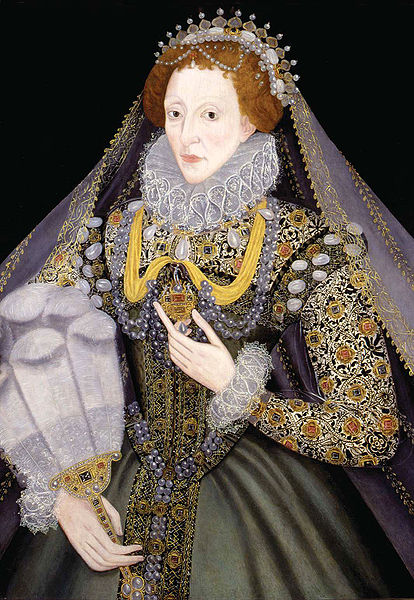English art is the body of visual arts made in England. England has Europe's earliest and northernmost ice-age cave art. Prehistoric art in England largely corresponds with art made elsewhere in contemporary Britain, but early medieval Anglo-Saxon art saw the development of a distinctly English style, and English art continued thereafter to have a distinct character. English art made after the formation in 1707 of the Kingdom of Great Britain may be regarded in most respects simultaneously as art of the United Kingdom.
Folio 27r from the 8th-century Lindisfarne Gospels contains the incipit from the Gospel of Matthew.
Ochre horse illustration from the Creswell Crags; 11000-13000 BC.
Stonehenge; 2600 BC.
Uffington White Horse; c. 1000 BC.
Art of the United Kingdom
The Art of the United Kingdom refers to all forms of visual art in or associated with the United Kingdom since the formation of the Kingdom of Great Britain in 1707 and encompasses English art, Scottish art, Welsh art and Irish art, and forms part of Western art history. During the 18th century, Britain began to reclaim the leading place England had previously played in European art during the Middle Ages, being especially strong in portraiture and landscape art.
Thomas Gainsborough, Mr. and Mrs. Robert Andrews, c. 1748–1750
Henry Moore, Large Reclining Figure, 1984
Unknown artist, Portrait of Elizabeth I, 1570s
William Hogarth, The Bench, 1758








